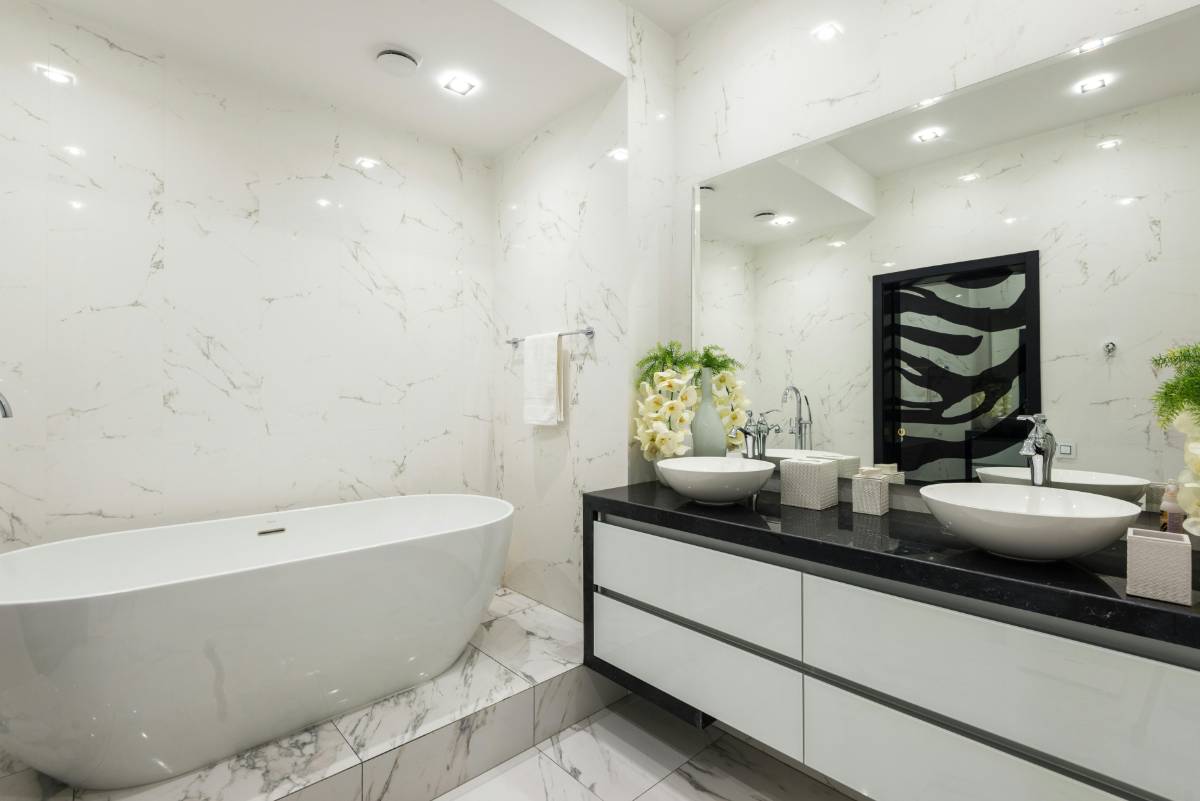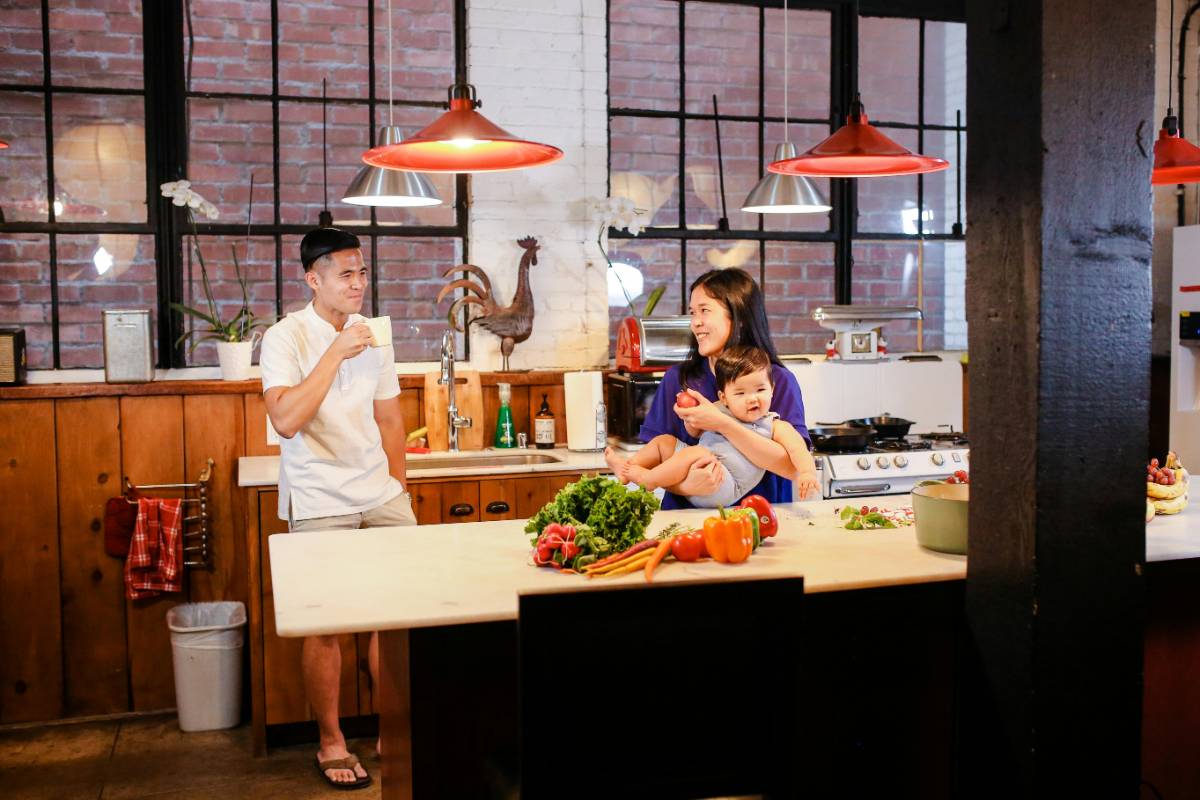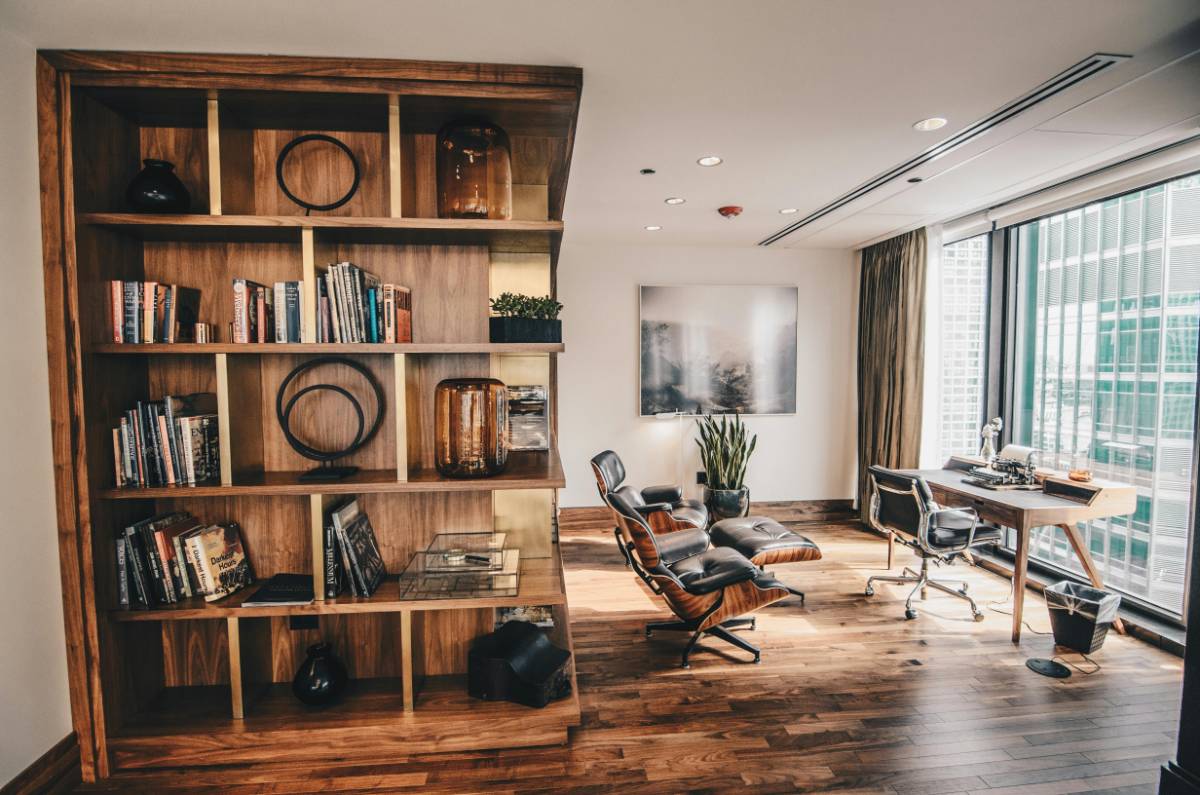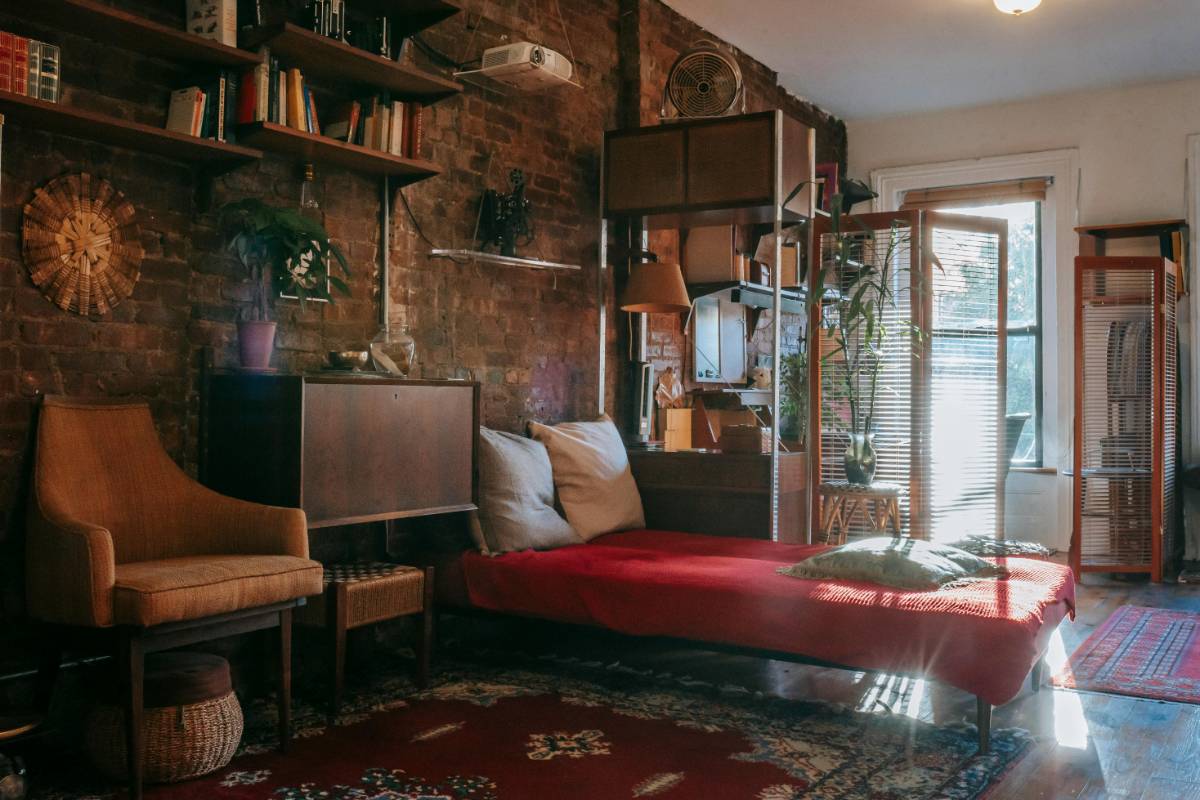Maximizing Small Spaces with Multi-Functional Furniture

2 min read
|27 May 2025Living in a small space can present unique challenges when it comes to furniture and layout. Multi-functional furniture offers practical solutions to maximize space, combining functionality with style to enhance your living area. Here’s how to make the most of multi-functional furniture in small spaces.
Understand Your Space
Before selecting multi-functional furniture, assess your space’s layout and your needs. Identify areas where space is underutilized and consider how different pieces can address those needs. Understanding the flow and purpose of each area will help you choose the right multi-functional pieces for your home.
Opt for Convertible Furniture
Convertible furniture is designed to serve multiple purposes. For example, a sofa bed can function as both a comfortable seating area and a guest bed. Similarly, a drop-leaf table can be used as a dining table or a desk, depending on the need. Convertible furniture offers versatility, making it ideal for small spaces where every square foot counts.
Choose Pieces with Built-In Storage
Furniture that incorporates built-in storage can significantly reduce clutter and optimize space. Consider ottomans with hidden compartments, bed frames with drawers, or coffee tables with shelving. These pieces not only provide functionality but also help keep your space organized and tidy.
Incorporate Modular Designs
Modular furniture allows you to customize and adapt pieces to fit your changing needs. Modular sofas, for example, can be rearranged into different configurations to suit various activities and space requirements. Modular units can also be added or removed as needed, providing flexibility in small spaces.
Invest in Multi-Functional Tables
Tables that serve multiple functions can be incredibly useful in small spaces. Look for tables that can be adjusted in height, extend to accommodate more people, or double as additional storage. Multi-functional tables can act as dining surfaces, workspaces, or even additional seating, depending on the design.
Consider Wall-Mounted Options
Wall-mounted furniture helps save floor space and can be especially useful in small areas. Wall-mounted desks, fold-down beds, and floating shelves offer practical solutions without taking up valuable floor space. These options keep your space open and can be easily folded or retracted when not in use.
Use Foldable and Collapsible Furniture
Foldable and collapsible furniture is ideal for small spaces where flexibility is key. Items such as foldable chairs, collapsible tables, and stackable stools can be used as needed and stored away when not in use. This approach maximizes the usability of your space without overwhelming it with bulky furniture.
Prioritize Sleek and Minimalist Designs
In small spaces, sleek and minimalist furniture designs can help create a sense of openness and airiness. Avoid bulky or overly ornate pieces that can make the space feel cramped. Instead, opt for streamlined designs that blend seamlessly with your decor and enhance the feeling of spaciousness.
Think Vertical
Utilize vertical space by incorporating tall furniture or storage solutions. Vertical storage units, wall-mounted shelves, and high-rise cabinets can make the most of the space above eye level. This approach helps free up floor space while still providing ample storage and functionality.
Conclusion
Maximizing small spaces with multi-functional furniture involves selecting versatile, space-saving pieces that meet your needs without compromising on style. By opting for convertible, built-in storage, modular, and wall-mounted furniture, you can create a functional and organized living area. Prioritizing sleek designs and thinking vertically further enhances the use of your space, making your small home feel more spacious and efficient.
RECENT POSTS
1
Sustainable Design for Small Spaces: Maximizing Efficiency
4 min read | 01 Jun 20252
Recycled and Upcycled Materials: Redefining Sustainable Interiors
2 min read | 31 May 20253
Zero-Waste Living: Sustainable Design for Everyday Life
5 min read | 30 May 20254
Green Roofs and Walls: Enhancing Sustainability in Urban Spaces
4 min read | 29 May 20255
The Role of Passive Solar Design in Sustainable Architecture
4 min read | 28 May 20256
Water Conservation in Sustainable Design: Key Strategies
5 min read | 27 May 2025MORE POSTS

The Principles of Sustainable Design: A Guide for Beginners
3 min read | 03 Jun 2025
The Intersection of Technology and Sustainable Design: A Look at the Future
4 min read | 02 Jun 2025
Sustainable Design for Small Spaces: Maximizing Efficiency
4 min read | 01 Jun 2025
Recycled and Upcycled Materials: Redefining Sustainable Interiors
2 min read | 31 May 2025
Zero-Waste Living: Sustainable Design for Everyday Life
5 min read | 30 May 2025
Green Roofs and Walls: Enhancing Sustainability in Urban Spaces
4 min read | 29 May 2025MORE ARTICLES

3 min read | 24 Mar 2025
Stylish Bathroom Decor on a Shoestring Budget
Redecorating your bathroom doesn't have to be expensive. With a few creative ideas and some careful planning, you can achieve a stylish look without spending a lot. In this article, we'll explore how to refresh your bathroom decor on a shoestring budget while adding a touch of elegance.

2 min read | 23 Mar 2025
How to Revamp Your Kitchen on a Budget
Revamping your kitchen doesn't have to break the bank. With a little creativity and planning, you can transform your kitchen into a stylish and functional space without spending a fortune. In this article, we'll explore budget-friendly ideas to give your kitchen a fresh look while keeping costs in check.

5 min read | 22 Mar 2025
Budget-Friendly Ideas for a Stunning Home Office
Creating a stylish and functional home office doesn’t have to be expensive. With a few budget-friendly ideas, you can transform your workspace into an inspiring and efficient environment. Whether you’re setting up a new office or looking to refresh your current space, these tips will help you achieve a stunning home office without breaking the bank.

2 min read | 21 Mar 2025
Affordable Wall Art Ideas for Every Style
Decorating your walls with art can transform a space and reflect your personal style. However, you don't have to spend a fortune to achieve a stylish and unique look. With a bit of creativity and resourcefulness, you can find or create affordable wall art that complements any decor style. Here are some ideas to help you add personality to your walls without breaking the bank.

2 min read | 20 Mar 2025
Decorating Your Bedroom Without Breaking the Bank
Decorating your bedroom on a budget doesn’t mean you have to compromise on style or comfort. With a few creative ideas and smart shopping, you can transform your bedroom into a cozy and inviting retreat without spending a fortune. Here are some tips to help you decorate your bedroom without breaking the bank.

3 min read | 19 Mar 2025
Budget Decor Tips for Small Spaces
Decorating a small space on a budget can be a fun and creative challenge. With limited square footage, every design decision counts, and with a few clever strategies, you can transform your small living area into a stylish and functional oasis without breaking the bank. Here are some budget-friendly tips to help you maximize your space and create a cozy, well-designed home.
